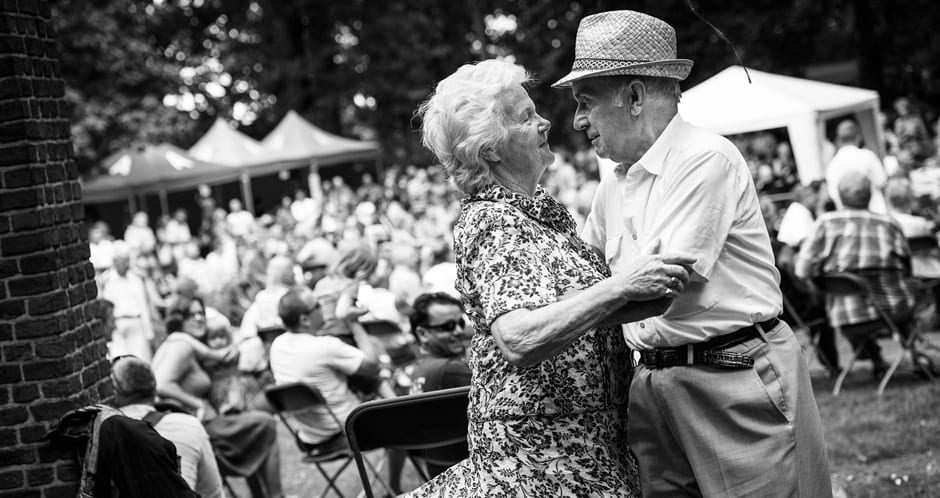
Dancing is not always the first thing that comes to mind when we talk about exercise. Maybe because dancing is often considered as ‘fun’, it is then not attributed to as also being exercise. The good news is, there are many potential health benefits for incorporating dance into your weekly routine. Check out our 4 reasons to wipe the dust of your dancing shoes and make some fun of it.
A study performed in New York amongst a group of ‘social dancers’, all averaged eighty years of age showed that participants had better balance than the group of seniors that didn’t dance. Adding to the body of evidence that suggests by improving balance the chances of having a fall also decreasing. Attributed to a person’s “balance confidence” improving and a reduction in a ‘fear of falling’.
Fear of falling, is a real condition and a significant health concern for seniors. Which is present in those that have previously fallen and also those that have not but simply lost confidence in their ability.
The ageing process not only changes your external appearance but your internal organs also. Impacting your cardiovascular system in many ways, with your heart ventricular compliance diminishing. As a result of an increase in fibroblasts and collagen deposition, as well as a loss of myocyte.
Aerobic training has been shown in previous studies to improve blood pressure, glycemic control in addition improving muscle tone. The World Health Organisation (WHO) recommends 150 minutes of moderate-intensity aerobic activity or alternative 75 minutes of vigorous-intensity aerobic activity per week. Dancing would normally fall under moderate-intensity, so combined with other exercise it can help mix up your week.
There have been a few studies over the past years looking into the effects of learning tasks such as a sports, puzzles, language or even dancing. A study published in the The New England Journal of Medicine conducted over a twenty-one year period looked at the mental acuity of those 75 years and over. With the outcomes showing that only nineteen-percent of the participants in the study who danced three or more times per week to showed signs of dementia. A wide range of activities were compared in the study from studying French, playing tennis and also a musical instrument. Whilst some of the cognitive activities showed a positive affect to stave off developing dementia, none of the physical activities other than dancing offered the same benefits.
Without a doubt dancing is fun, and you don’t have to be an expert to enjoy yourself. In addition to swinging your hips, there is something somewhat pleasurable of being around others smiling, laughing and enjoying themselves. More than many other forms of exercise programs, dance involves a lot of social interaction. If incorporated on a regular basis there is a real community feel associated with joining in. Dancing, considered a natural mood stabiliser, through the combination of music, socialising with friends and physical activity- all increasing the serotonin levels in the brain. Attending frequent classes you can form a connectedness within your local community and hopefully through socialising it can help with lifting your mood and minimise feelings of isolation and depression.
As you can see the advantages of dancing extend beyond reducing your risk of dementia, but also work to aid improvements in your balance, heart health and mood. So perhaps finding out where your local dance studio may not be such a bad idea after all, perhaps something to consider in addition to your crossword puzzles.
Your brain will thank you for it!